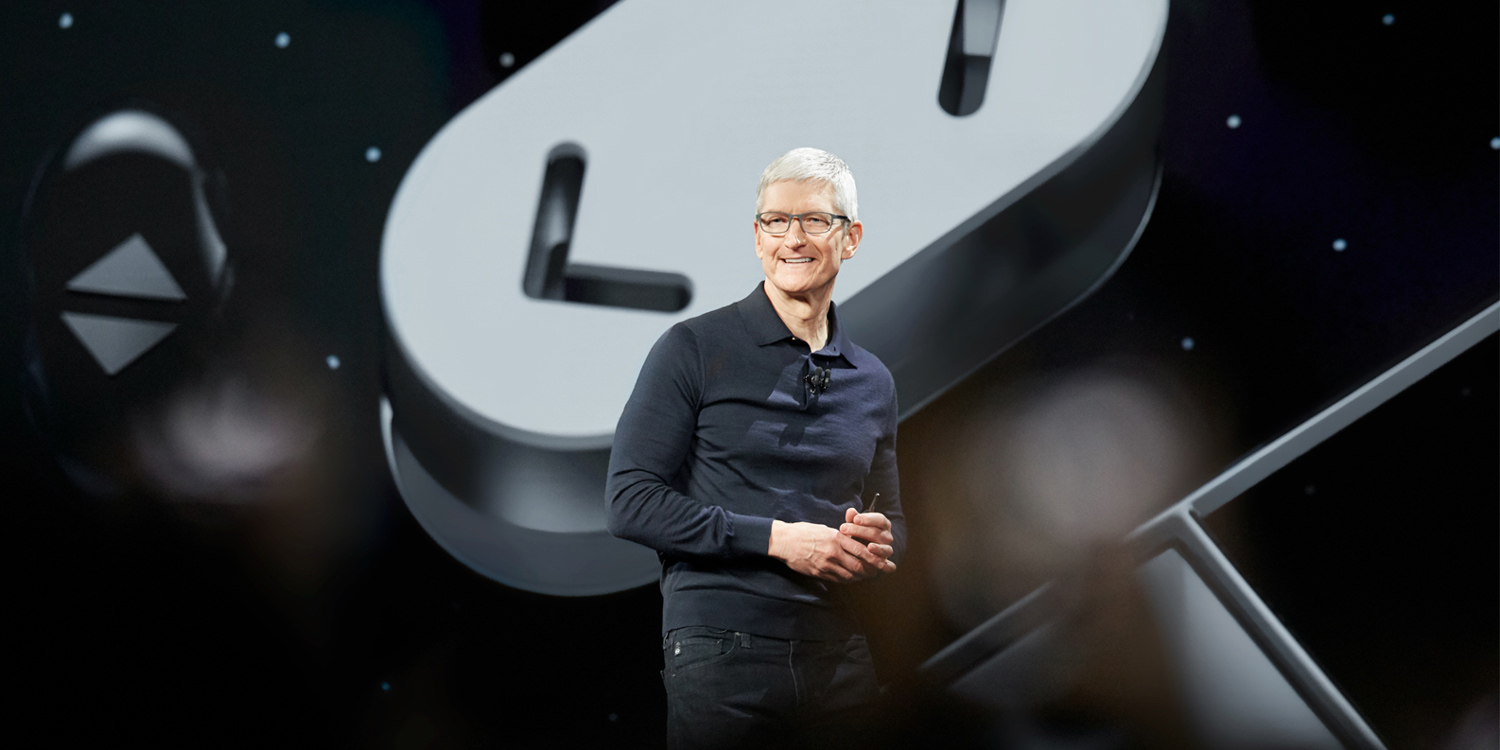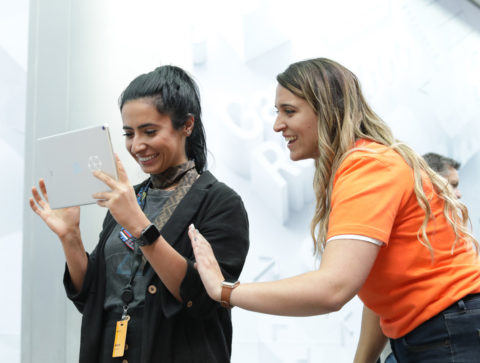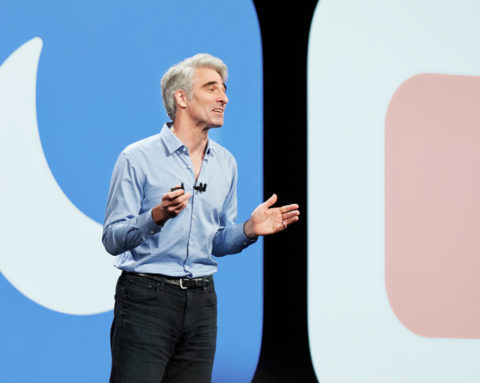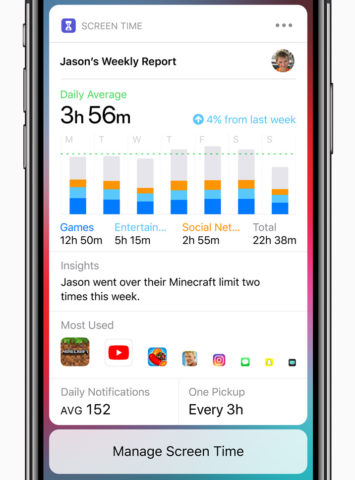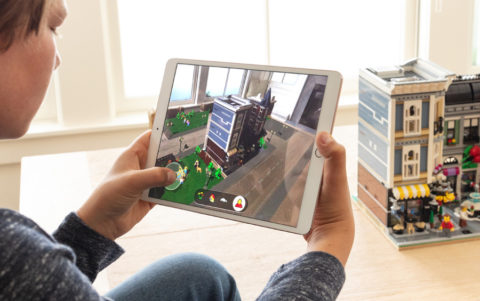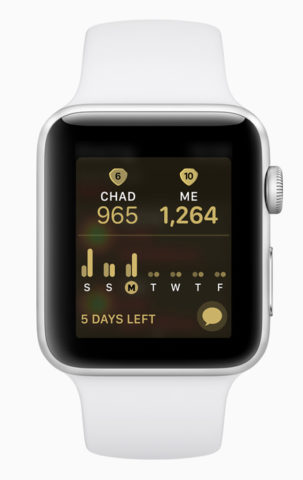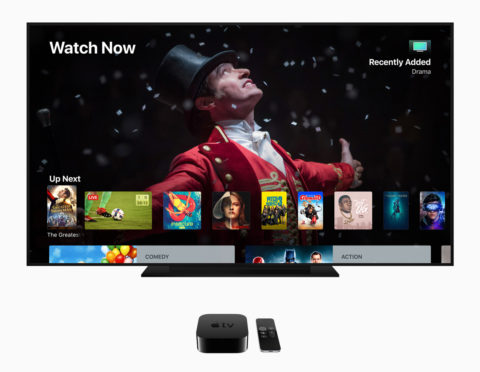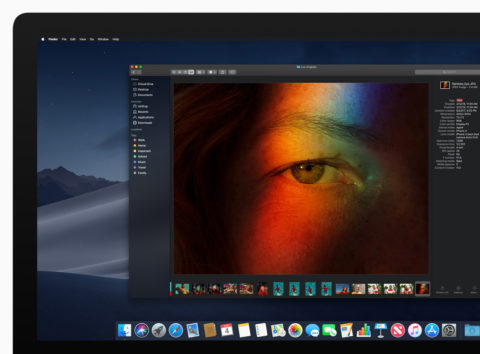Apple’s WWDC 2018 is in full swing, showcasing Apple’s latest software innovations to app developers from around the world. For the general public, the opening keynote address serves to outline Apple’s plans for the forthcoming year.
This year’s opening event was notable for what it omitted as much as what it included. Apple’s focus on honing its software offerings was especially notable, with few of the headline-grabbing fireworks of previous years.
Even so, there’s plenty to delve into – here are some of the key things we learned from Apple’s WWDC 2018 keynote.
The purest WWDC in some time
It’s often easy to forget, but WWDC is a software-focused event. Apple tends to make its biggest device announcements at separate events, though notable hardware announcements have tended to find their way into previous WWDC keynotes.
With that in mind, it could be argued that WWDC 2018’s keynote was the purest in some time because it contained precisely zero new hardware reveals. Nada. Not even a “same old Macs, new processors” announcement.
While the keynote ran about as long as last year’s event, it’s worth remembering that WWDC 2017 included announcements for the iPad Pro 10.5, a Mac line refresh, and the HomePod smart speaker.
Essentially, Apple went all-in with software at WWDC 2018. We can’t deny that this was a little disappointing, but the switch in focus was completely understandable within the context of the last year.
iOS 12 shows Apple in full reactive mode
Apple is giving people what they want in iOS 12. Or, to put a slightly more cynical spin on things, it’s reacting to what people complained about in iOS 11.
As the pre-event internet chatter suggested, iOS 12 seems largely to be about refining, improving and fixing rather than innovating. Though no direct mea culpa was offered, Craig Federighi was evidently acknowledging the shortfalls of Apple’s current mobile operating system from the moment he took to the stage.
His opening comments related to how well iOS 12 would run rather than what it would do. Somewhat unusually, the operating system will roll out to exactly the same roster of devices as its predecessor.
iOS 11 marked the brutal and rather messy death of the 32-bit era, and with iOS 12 Apple is evidently keen to let the dust settle. The result is a stay of execution for the iPhone 5S and iPad Air generation.
Indeed, it’s not merely that iOS 12 will run on the same older iPhones and iPads as iOS 11. It will actually run much better on them. On an iPhone 6 Plus – released way back in 2014, remember – apps will boot up to 40% faster, the keyboard will appear up to 50% faster, and you’ll be able to jump into the camera app up to 70% faster. Not headline features, sure, but the kind of small improvements that could see users hang onto their devices for an extra year.
Federighi also pointed out the new, more proactive way that iOS 12 utilizes older iPhone silicone. If you’re wondering why matters of performance and chip use in older devices received such prominence at WWDC 2018, you need only recall the furore that greeted the news earlier this year that Apple was throttling the performance of older devices in iOS 11. This presentation showed Apple taking a big step in the opposite direction, actually boosting older devices.
Apple really doesn’t want to waste your time
If there’s a theme to iOS 12, it’s that Apple really doesn’t want to waste your time. It’s evident in the aforementioned performance improvements, but it’s also apparent in other ways.
In particular, Apple showed that it’s aware of the beginnings of a wider backlash against excessive smartphone usage. The company’s introduction of the Screen Time tool provides a way to monitor and limit the amount of time you and your family spend on your phones.
Elsewhere, Siri will provide you with a bunch of context-sensitive suggestions and shortcuts that will potentially result in you interacting with your phone much less.
Apple even took a little time to introduce a long-called-for iOS feature in grouped notifications. The iOS notification view will now subscribe to a succinct nested layout rather than the loose sprawl that’s currently presented, which will ultimately make the menu much easier and quicker to parse.
Apple further augments reality
Last year saw Apple introducing ARKit, its new augmented reality platform for iOS 11.
Lest you thought this was all just a flash in the pan, Apple has taken a big augmented step forward with iOS 12. The unsurprisingly named ARKit 2 has better face tracking and object recognition, as well as the ability to support shared AR experiences.
Apple chose the good people at Lego to demonstrate many of these improvements and features. In a live demo, an iPad with ARKit recognized and replicated a physical Lego play set and built a moving virtual world around it. Then a second player was invited into the world, and their two avatars embarked on a brief cooperative adventure in this bespoke level.
On a more practical note, Apple showed off its new Measure app, which lets you – you guessed it – measure stuff with your iOS device. That’s actually a gross simplification. Measure lets you draw out lines on a live camera view – say, along the edge of a table – and ARKit will detect the associated object and give you its real world measurement. It can also detect rectangular shapes like photographs and quickly give you their dimensions.
We’ve seen third-party apps doing similar things over the past year, but we suspect Apple’s effort will be way more slick and comprehensive.
It’s fitness first for Apple Watch
Apple’s watchOS 5 announcement continued Apple’s repositioning of the Apple Watch as a fitness tracker that also does some cool communication stuff. To put it in Apple’s terminology, it’s a device that meets both “Active” and “Connected” needs, but it was the former that the company led with at WWDC 2018.
The provision of competitive workouts, new workout types, and automatic workout detection dominated the watchOS 5 announcement. Even the demo that ran through all of the new features was conducted by a member of the fitness team sat on an exercise bike.
That’s not to say that the “Connected” side of things was under-represented. The addition of a Walkie Talkie feature, much broader Siri integration (including the implementation of iOS 12’s Siri shortcuts), Webkit support and newly interactive notifications saw to that.
Apple’s TV ambitions seem modest
The tvOS portion of the WWDC 2018 keynote was decidedly low-key. The addition of Dolby Atmos sound support will be appreciated by some, but it’s hardly headline-grabbing news.
Similarly, the provision of live news and sports providers for the TV app is unlikely to convince traditionalists to cut the cable. Apple TV is steadily improving, but you still feel it needs to make a major breakthrough in content acquisition or creation to become anything more than a side-project for the company.
macOS goes dark
Apple may be favoring iOS more and more as the years roll on, but macOS Mojave brings some interesting new features to the company’s desktop operating system – even if (like iOS 12) it’s not a radical overhaul.
The most striking addition will make iOS users envious – a dark mode, which gives all of your menus and stock apps a distinctly noir feel. This is something iPhone and iPad users have been asking for, and they may be a little disappointed that the feature hit the Mac first.
But macOS Mojave also goes dark from a privacy perspective. Responding to the massive privacy concerns of recent times, Mojave makes it far tougher for web services to track you. Safari will block like and comment bars that can track you regardless of whether you use them or not. Your move, Facebook.
Elsewhere, the likes of Continuity Camera essentially turns your iPhone camera into an extension of the Mac’s own webcam, enabling you to snap and embed images in an instant. Meanwhile, Apple is continuing its trend of bringing iOS apps to macOS with News, Voice Memos, Stocks, and Home, and is also working on making the porting process from iOS to Mac a lot easier for developers. This means we should see a flurry of iPhone and iPad apps start hitting the Mac in 2019.
Don’t expect macOS and iOS to actually merge any time soon, though. Head of Software Engineering Craig Federighi put that rumor to bed with a resounding “no.”
Read more: everything you need to know about iOS 12
Read more: what’s changing for Apple Watch, Apple TV, and Mac?
